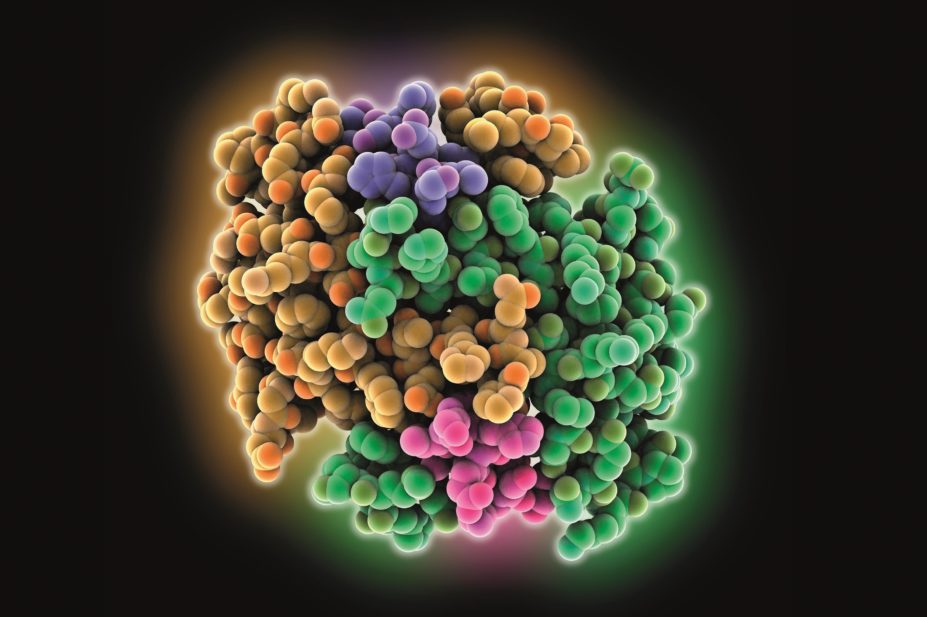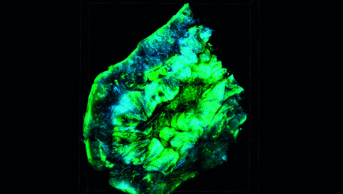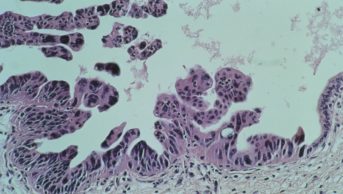
Laguna Design / Science Photo Library
The primary treatment for Parkinson’s disease is to replace lost dopamine — the cause of its characteristic symptoms. However, this often results in abnormal involuntary movements (dyskinesia), a side effect that can restrict levodopa dosage and, therefore, efficacy.
Researchers report in PNAS (online, 19 January 2016)[1]
, that blocking a protein called p11 in the dorsal striatum — a dopamine-responsive region of the brain involved in movement — can reduce dyskinesia associated with levodopa or dopamine-receptor agonists in a mouse model of Parkinson’s disease. In addition, even prior to treatment with levodopa, blocking p11 improved motor symptoms in the mice.
The researchers say that targeting the protein could be a promising avenue for treating Parkinson’s disease with fewer side effects. But they note that such therapies would likely need to be targeted to the dorsal striatum as universal p11 suppression is associated with depression.
References
[1] Marongiu R, Arango-Lievano M, Francardo V et al. Gene therapy blockade of dorsal striatal p11 improves motor function and dyskinesia in parkinsonian mice. PNAS 2016. doi: 10.1073/pnas.1524387113


